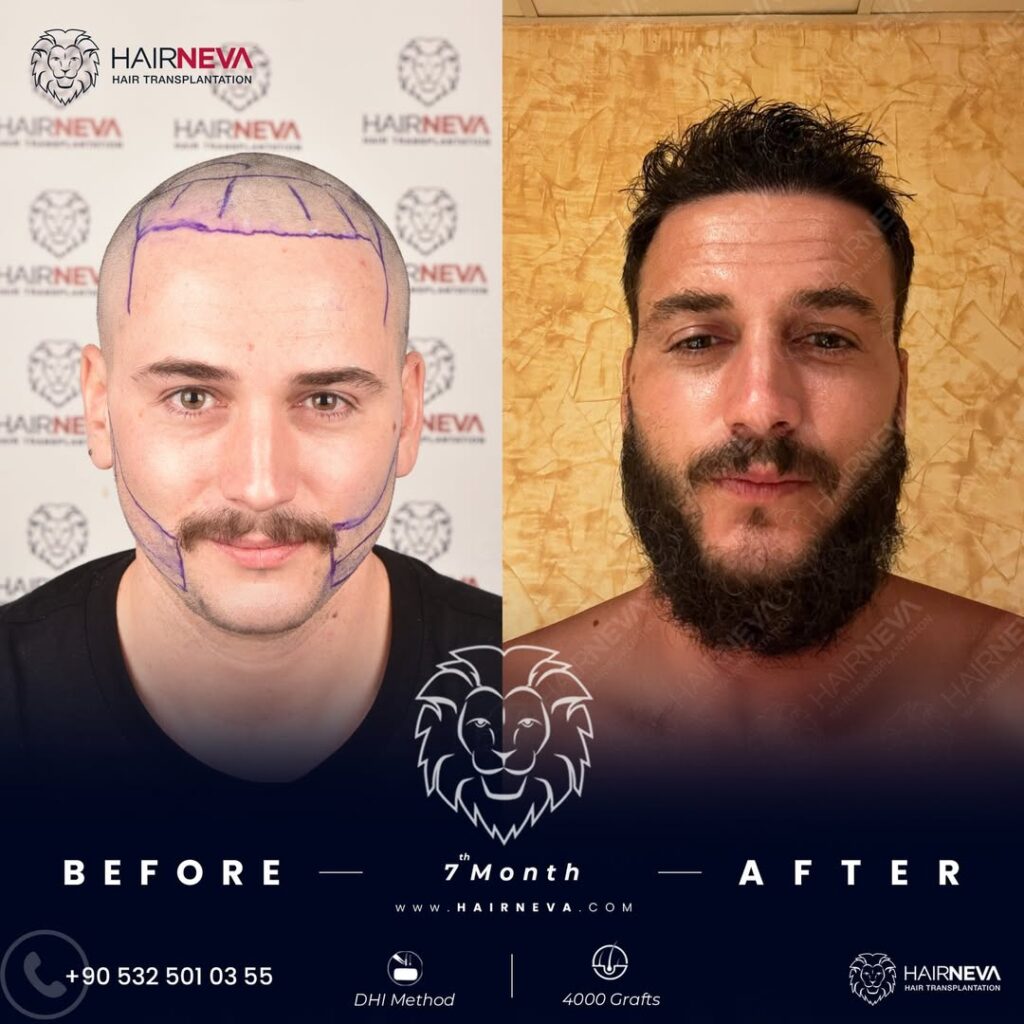Hair transplant is a great way to make patients get their hair back, natural looking hair line and boost confidence as well. But following surgery after care is very important to get maximum benefit and minimal complication. Click here one critical point is to avoid injuring the scalp or hitting it following hair transplant. In this article, we discuss the dangers of head trauma following a hair transplant, how you can avoid it and what to do if there’s a mishap.
Why the Scalp Is Susceptible in Hair Transplant Science?
A scalp is susceptible following a HT procedure because of its exposure to a series of steps starting from injecting drug solutions and local anesthesia to making incisions and receptor sites.
A hair transplant is a procedure during which follicular hair units are harvested from the back or side of the scalp (the donor area) and placed in areas of thinning or balding. It causes micro traumas in both the donor- as well as recipient area.
After surgery:
The recently grafted hairs are delicate and need time to “settle”.
The area of the head may be tender, and could bleed or become infected.
During the first few days, grafts are vulnerable to trauma, even little bumps, that could damage them and interfere with growth.
This is why it is so important to protect the scalp during those first few weeks after transplant.

Potential Risks of Head Trauma
- Dislodging Grafts
Graft displacement is the most frequent trauma-related risk. If a transplanted hair follicle gets knocked out before it becomes fully anchored into the scalp, it may not grow properly, which can compromise the final result.
- Infection
Any type of scalp wounds,even a small one,could lead to bacteria,which may result in an infection. Infection appears as redness, swelling or pain; increases in these signs and the appearance of pus indicate a possible infection progression. Treatment may need to include antibiotics early on.
- Bleeding
Hair transplant areas are actually tiny wound, and the immediate trauma can result in bleeding at donor or recipient site. Bleeding is generally minimal, but can disturb the process of wound healing and graft fixation.
- Swelling and Pain
There may be swelling, tenderness or bruising as a result of trauma. This is generally transitory but may exacerbate symptoms during recovery.
- Scarring
While infrequent, significant injury during the early healing time may also increase the risk of scarring if one scratches or bumps his/her head vigorously.
When the Scalp Is Most Susceptible?
The first 7–14 days after hair restoration surgery will determine your results. During this period:
Grafts are rugosely adnate, very delicate.
It still hurts my scalp where the cuts were made.
Graft survival may be influenced by any sudden blow or abrasion
The grafts become more fixed between 2 and 3 weeks, after which they can be handled with care for the first month.
How to Protect Your Scalp
Avoid Physical Contact
Avoid sports, vigorous physical activity or anything that might result in accidental bumps
Sleep in a way that maintains the transplanted site from rubbing
Wear Protective Headgear
Protecting the scalp from minor bumps For this purpose soft hats or surgical caps can be used
Don’t wear snug or heavy hats that can cause the grafts to be withdrawn.
Be Careful With Daily Activities
Beware of Doors, Low Ceilings or Furniture Corners
Keep children and pets away from your head while you are in the recovery period, to prevent them climbing or playing on/near your healing head.
Gentle Hair Care
Shampoo your hair as directed by the surgeon.
Except when used to apply more coal dust, never scratch the head of hair even if it itches antagonizingly.
What to Do When You’re Experiencing Trauma
Even with safeguards, accidents will occur. And here’s what to do if your head gets hit after a hair transplant:
- Assess the Injury
Check for bleeding, swelling or pain around the wound
Examine grafts for any that are loose, mobile
- Apply Gentle Care
In case it is minor – cleanse the area as per your surgeon s advice with little bit of mild salted water or anti-septic solution
Do not attempt to push on the grafts.
- Seek Medical Advice
Any signs of ad trauma call your hair transplant doctor right away
Early assessment of the likelihood of infection or graft failure
Reducing Anxiety About Post-Transplant Trauma
Inadvertently banging is a patient concern, and that’s perfectly normal. To minimize stress:
- Follow post-operative care instructions strictly
- Sleep with the head elevated for a few days
- Take medicine as directed: This can help decrease swelling and pain.
Don’t forget the majority of small bumps don’t matter so much with proper care for the grafts.
Long-Term Recovery Tips
No Contact Sports for 4–6 weeks at least
Keep washing and moisturizing gently as directed
Follow-up with your surgeon to monitor the mortality and healing of the grafts.
Conclusion
Protect your skull from impact after hair transplantation Sensitive and painful post-op skull – side effects! Blows to the head can knock out grafts, cause bleeding or infection and slow healing. You can protect your newly-transplanted hair and promote the best possible growth by listening to your surgeon, being careful with your hair and taking it easy.
Keep in mind that hair transplant is a process, and the first few weeks are the most important. How you can prepare during this time will go a long way in how great the results look, if it looks natural etc.
